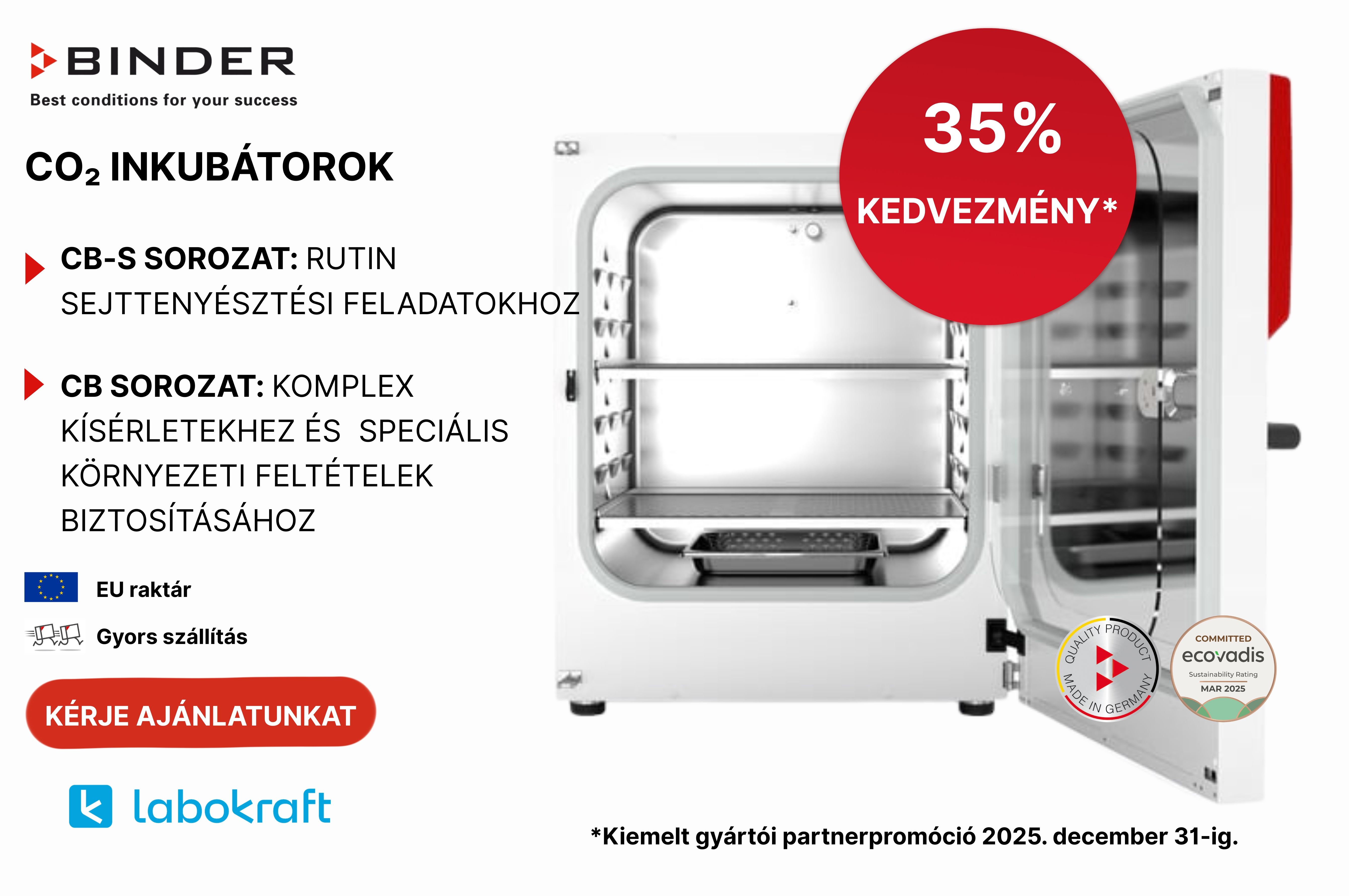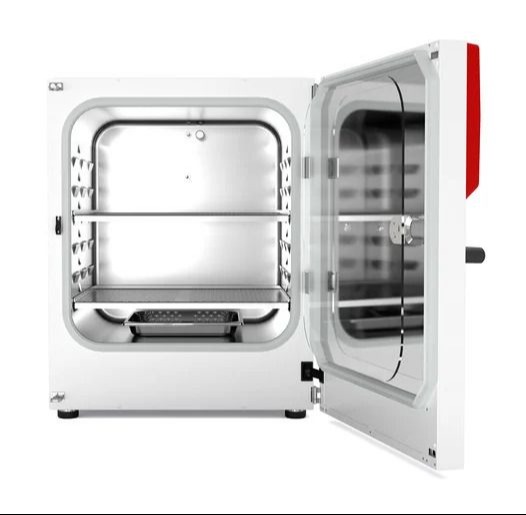Order a Binder CO₂ incubator with a 35% discount
We’re offering an excellent opportunity for year-end laboratory investments: until December 31, 2025, BINDER CO₂ incubators are available as part of an exclusive manufacturer partner promotion. BINDER incubators are ideal for cell and tissue culture, microbiological testing, pharmaceutical development, and diagnostic research. The CB-S and CB series models provide stable performance, easy operation, and the reliability that BINDER is known for. All models included in the promotion are available from EU stock with fast delivery, making the purchase not only cost-effective but also easy to plan. Don’t miss this year-end opportunity – request your quote today and take advantage of the 35% discount!
BINDER CO₂ incubators for the best cell growth
Cell cultivation is a complex, highly sensitive process that requires optimum and reproducible growth conditions. As CO₂ incubators play a crucial role in this process, BINDER has developed units that meet the highest standards. BINDER CO₂ incubators are impressively easy to use and clean, and their pioneering BINDER anti-contamination concept makes them stand out from the crowd.
BINDERCB and CB-S Series CO₂ incubators are available with a 35% discount as part of an exclusive manufacturer partner promotion until December 31, 2025. Request a quote! Our experts will help you choose the model that best meets your needs.
BINDER CO₂ incubators - Promotion modells
Applications of CO2 incubators in life sciences
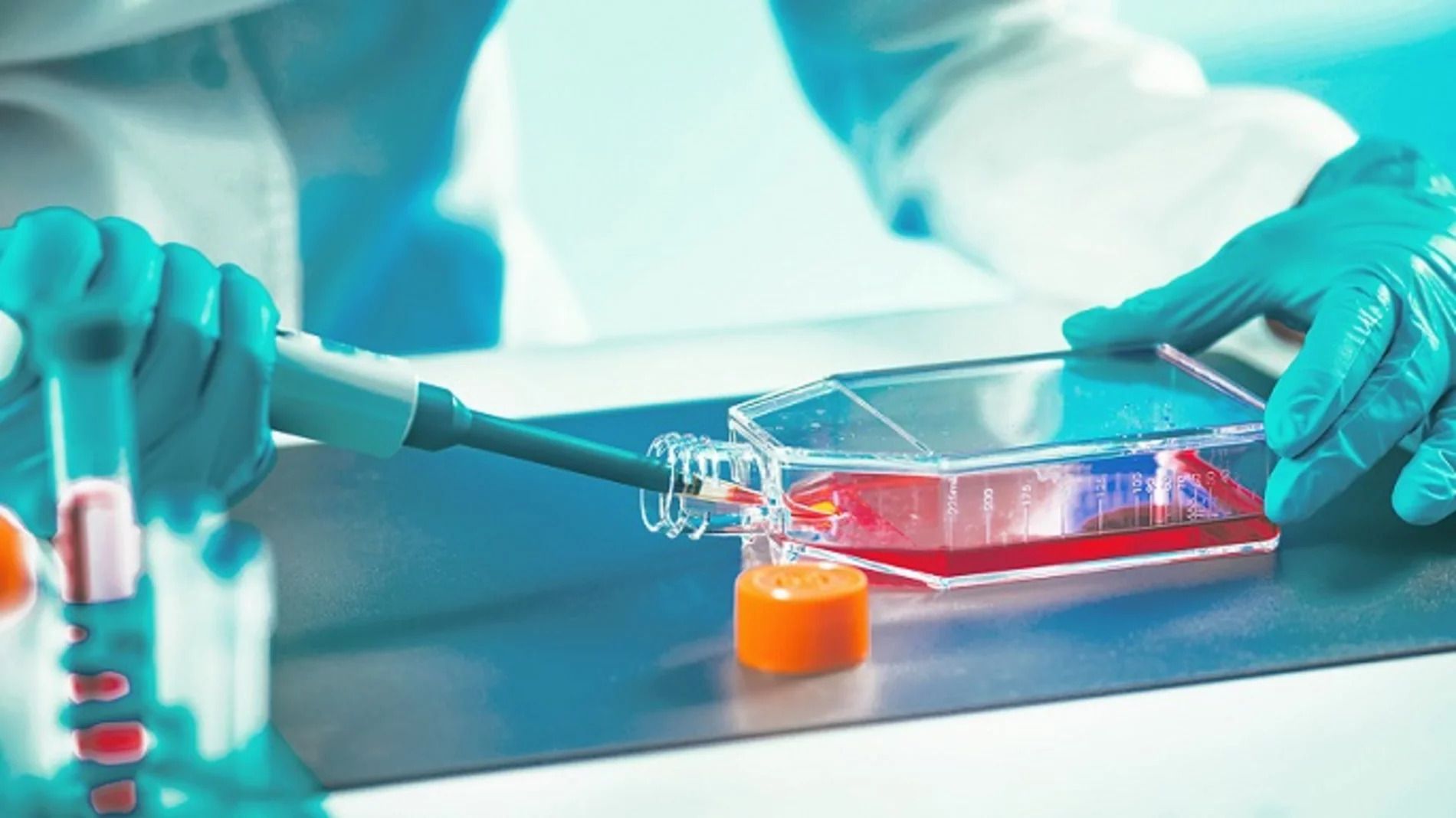
CO2 incubators for manufacturing tissue engineered products (TEP)
Tissue engineered products are biological medicinal products that contain or are composed of bioengineered cells or tissues. They are used to regenerate, restore, or replace human tissue. Tissue engineering involves taking cells from a person's body and allowing them to grow into larger cell structures in the laboratory in order to replace or regenerate diseased tissue such as skin, cartilage or bone.
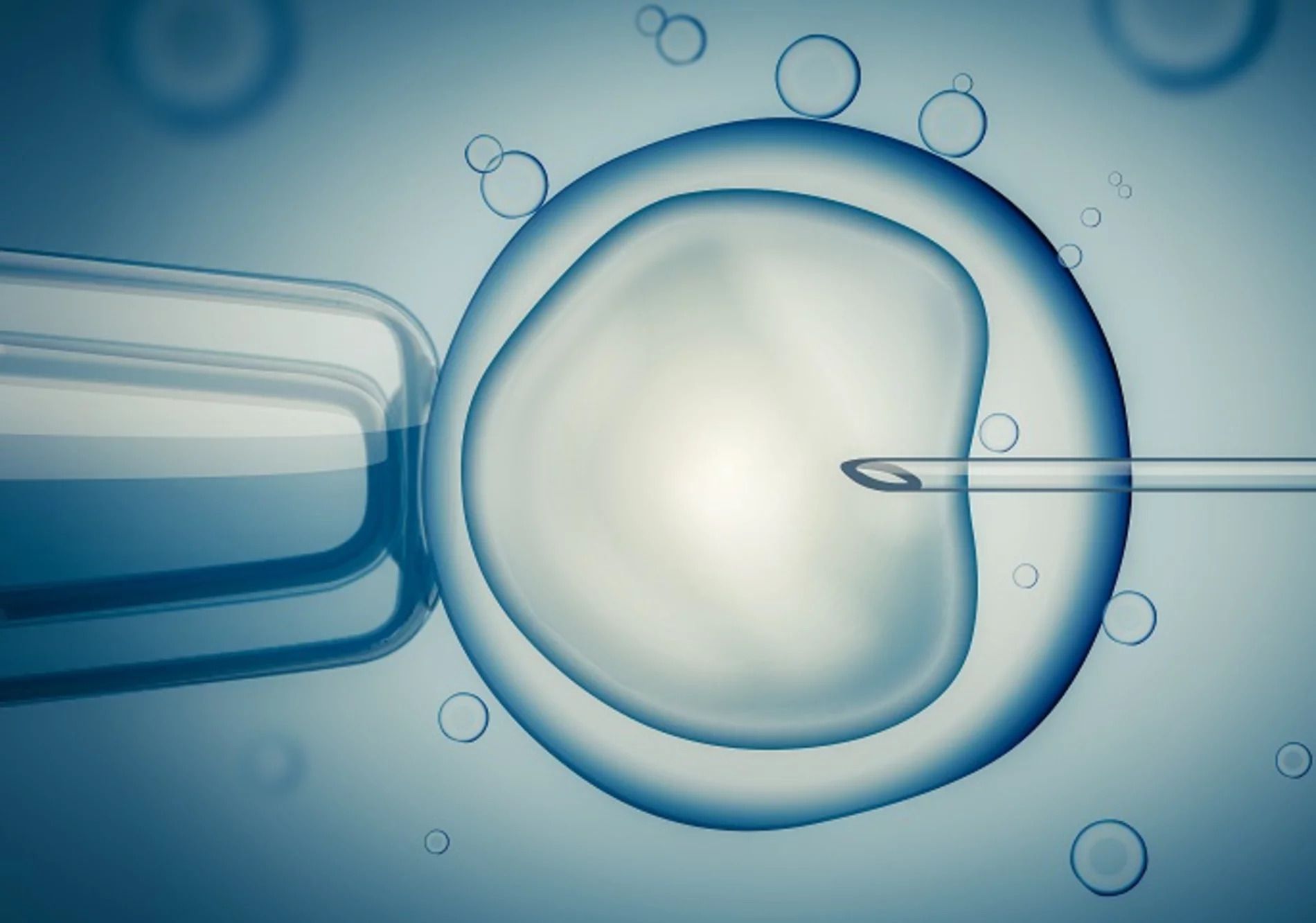
CO2 incubators for in vitro fertilization
In vitro fertilization (IVF) describes a method of artificial fertilization used in human reproductive medicine. This application aims to fuse an egg and sperm cell together in a petri dish along with a cell culture medium.
The human embryos then start to fertilize and develop in a CO2 incubator, before being transplanted into the uterus after two to three days. Optimal conditions in the incubator chamber are approximately 37°C, 5 or 6 vol. % CO2, and humidity of around 95%.
Staff label the petri dishes very precisely to avoid mix-ups. The inner glass doors of the CO2 incubators mean the dishes can be monitored at all times too.
The process is similar in veterinary medicine, for example with cattle. The oocytes are put into a petri dish together with the sperm and, during an incubation period of 21 hours, the sperm fertilize them. On the eighth day after fertilization, the embryos are transferred from the CO2 incubator into the recipient animals.
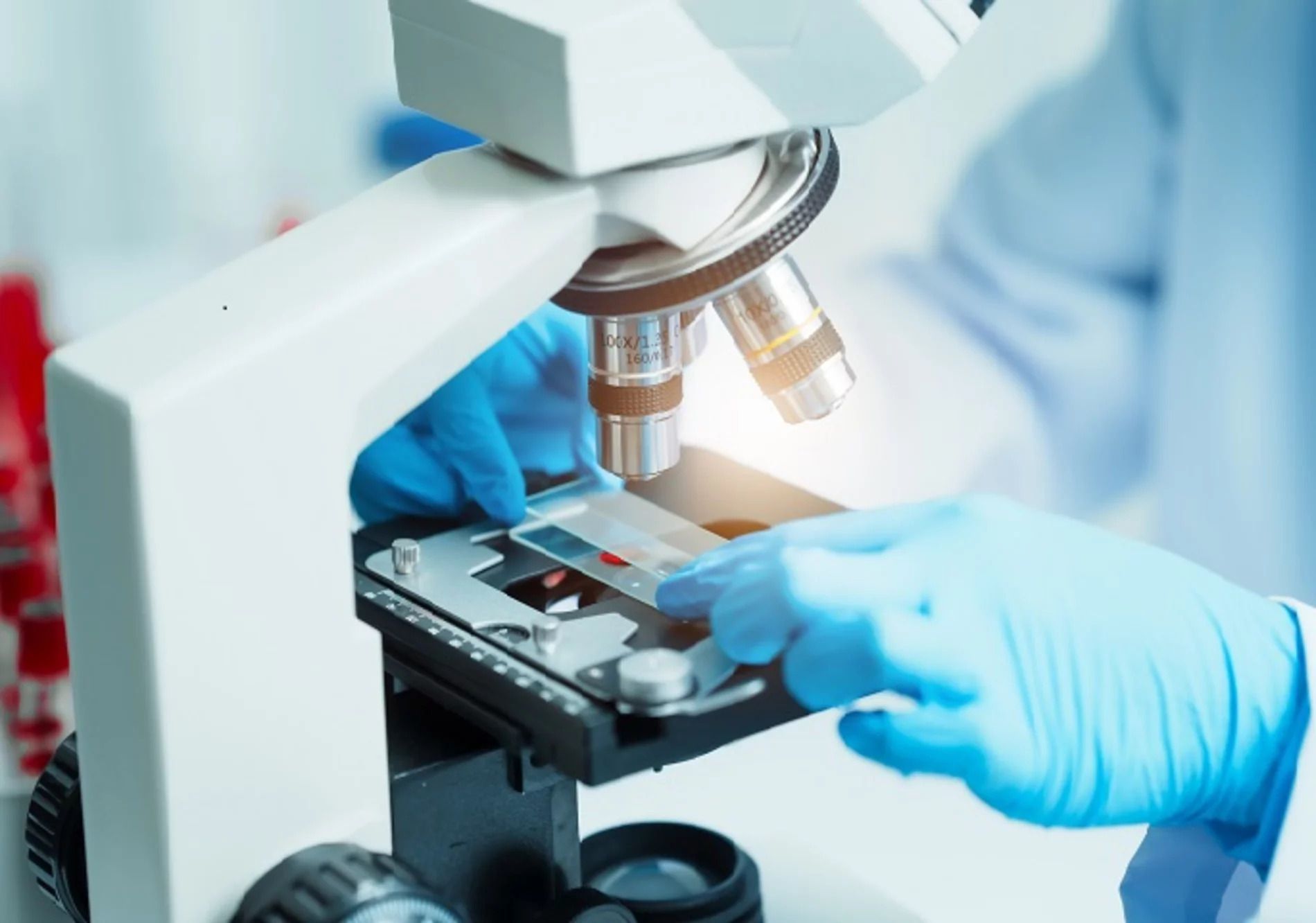
CO2 incubators in diagnostics
The study of cell cultures plays a crucial role in the diagnostic analysis of pathogens. The results obtained from such investigations enable precise proof of hygiene levels to be formulated, and the degree of viral resistance to biopharmaceuticals to be evaluated. One method often used in this context is the swipe sample, where cell cultures which are susceptible to viruses are exposed to them in order to test their biological function.
CO2 incubators are the right tool for the various different process steps involved, such as thawing and transferring the cells, as well as infecting the cell lines and dyeing the cell cultures. During this application, conditions in the interior are usually set to 37°C and 5 vol. % CO2.
The samples are analyzed after 72 hours at the latest. The blue coloration of the cell layer makes it possible to characterize the plaques in more detail either with the naked eye or under a microscope.
BINDER CO2 incubators are particularly good for diagnostic purposes or virus identification, since they maintain extremely stable incubation conditions. The inner glass doors for segmented access help here too. What's more, the risks of cross-contamination and the silent spread of contamination are reliably eliminated at all times thanks to automatic hot-air sterilization at 180°C.
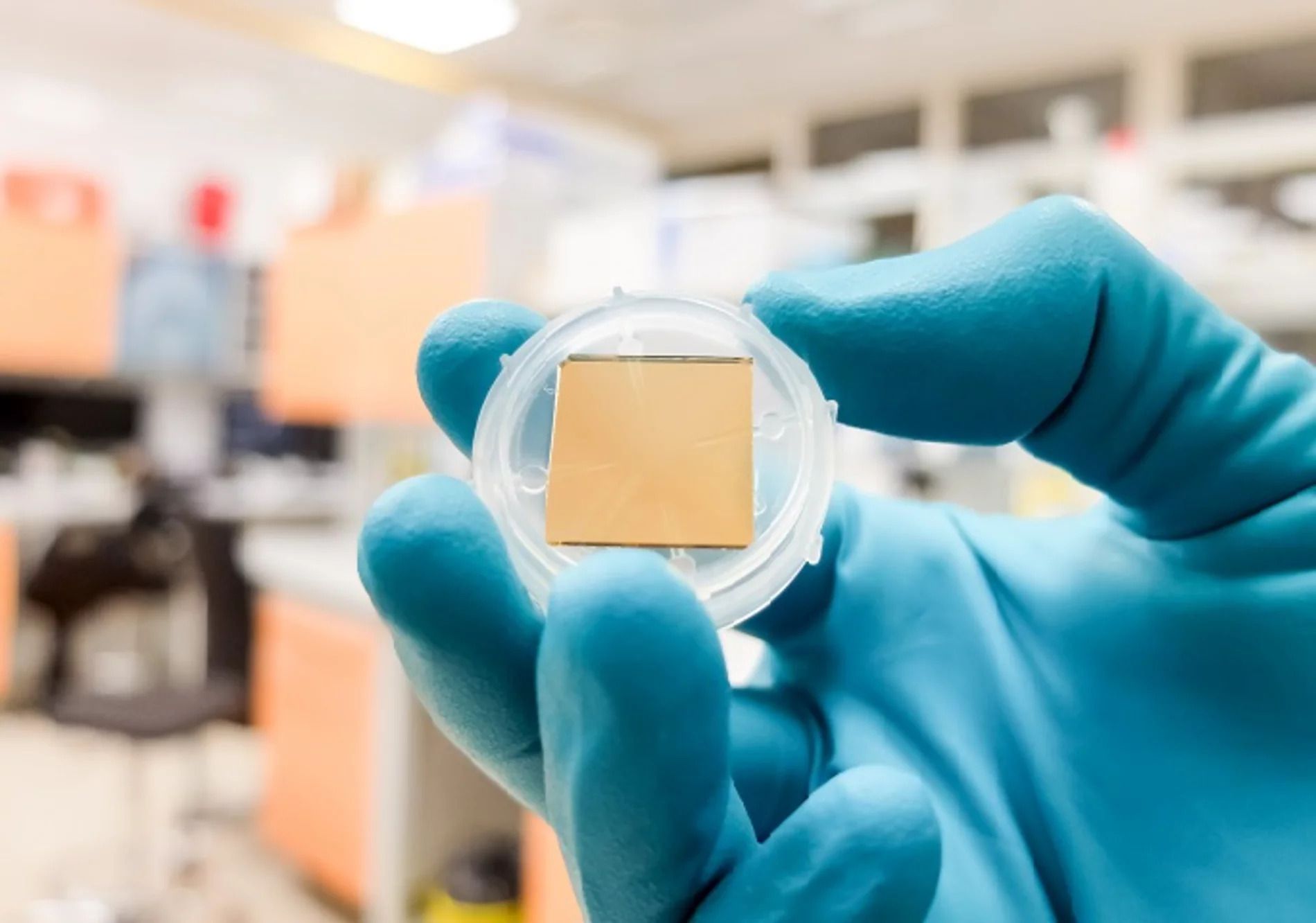
CO2 incubators for developing biosensors
Biosensors comprise a biological detection element and a physical sensor (transducer) that are in direct contact with each other. The biological component can consist of an enzyme, an antibody, DNA, receptors, or entire cells and tissue sections. The interaction between the substance being tested and the biological component produces a biochemical signal which is converted into an electrical or optical signal by the transducer. Biosensors are generally categorized according to the physical measuring principle on which they are based – there are electrochemical sensors, optical sensors, and whole-cell biosensors. Biosensors are used in fields such as medicine, food quality control, and environmental analysis. One of the most well-known examples are the enzyme sensors used to measure glucose.
An impressive example: cardiomyocytes from embryonic hens were reaggregated in a rotation culture into spheroids (3D architecture) and connected to microelectrodes. Reference substances were used to test the extent to which statements could be made about applying a stimulus to a living system. The spheroids were produced in petri dishes in CO2 incubators at 37°C, 5 vol. % CO2, and 72 rpm and 20 mm orbit.
